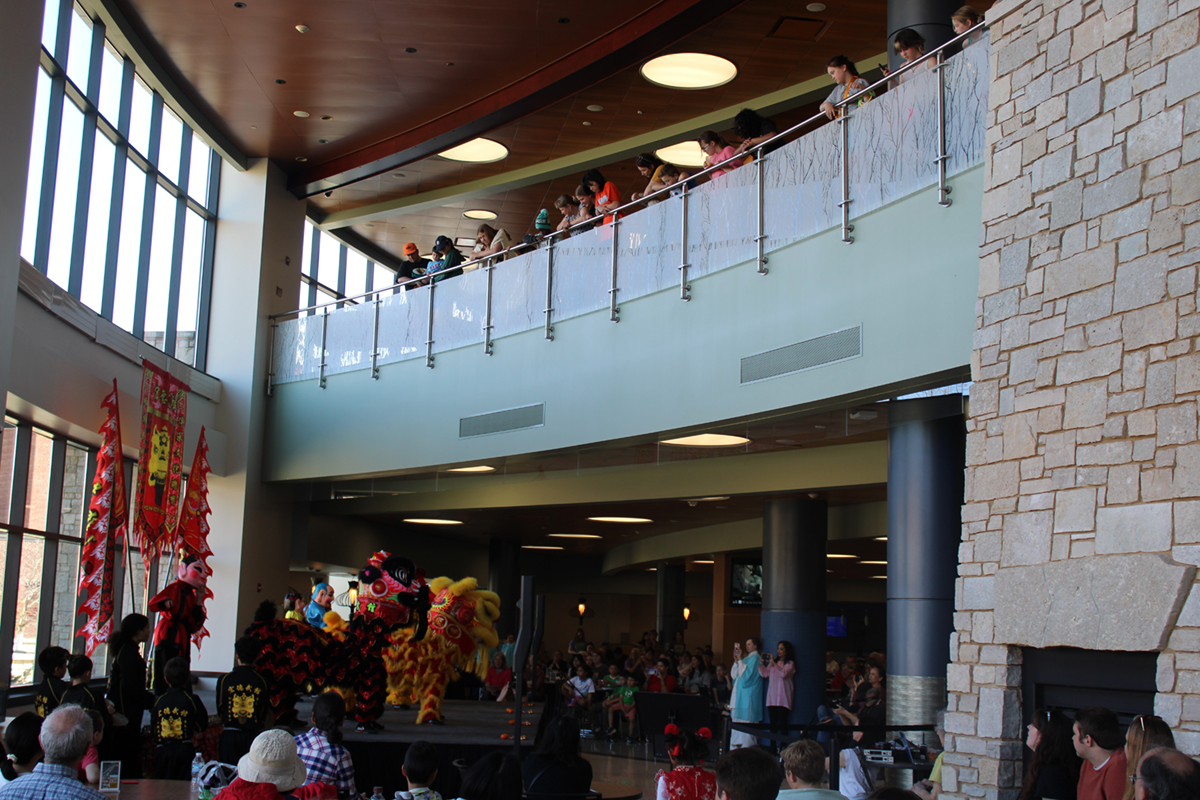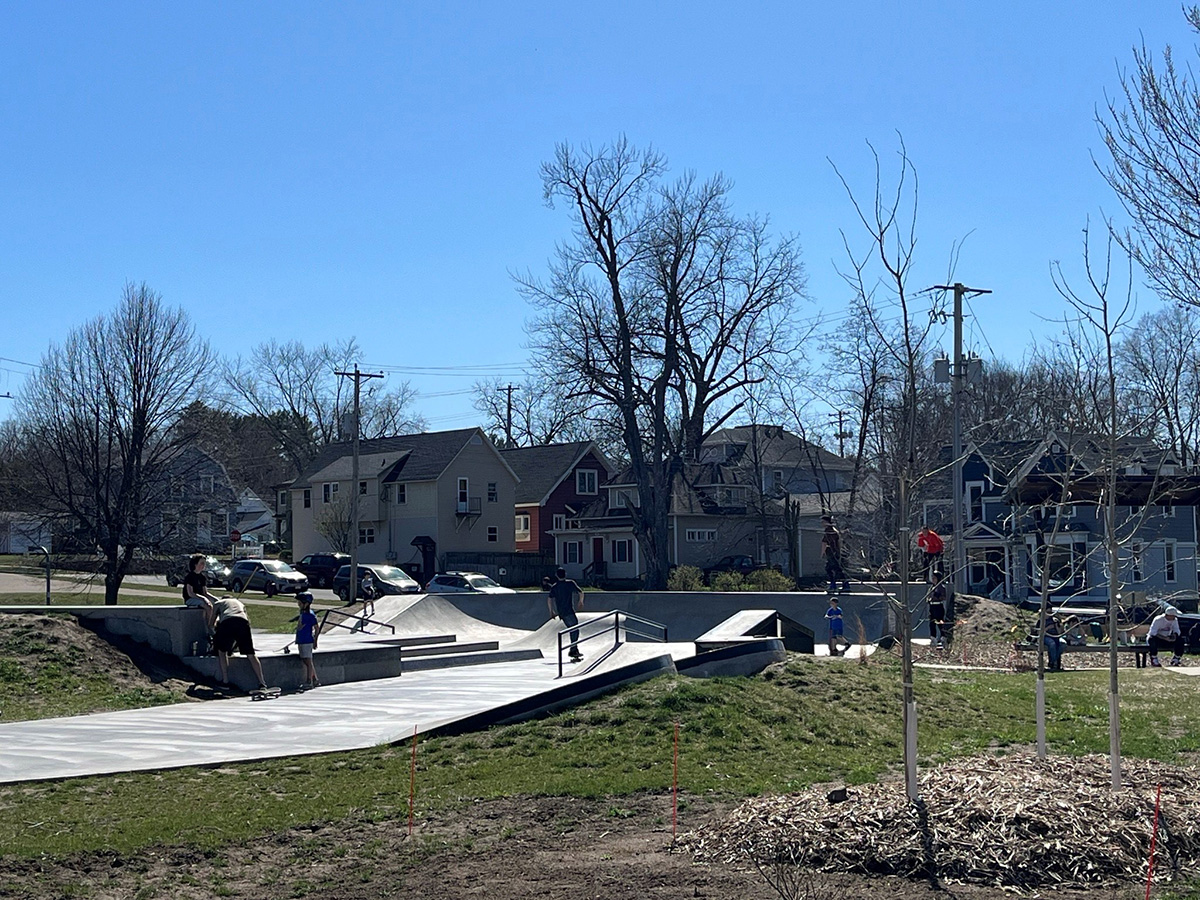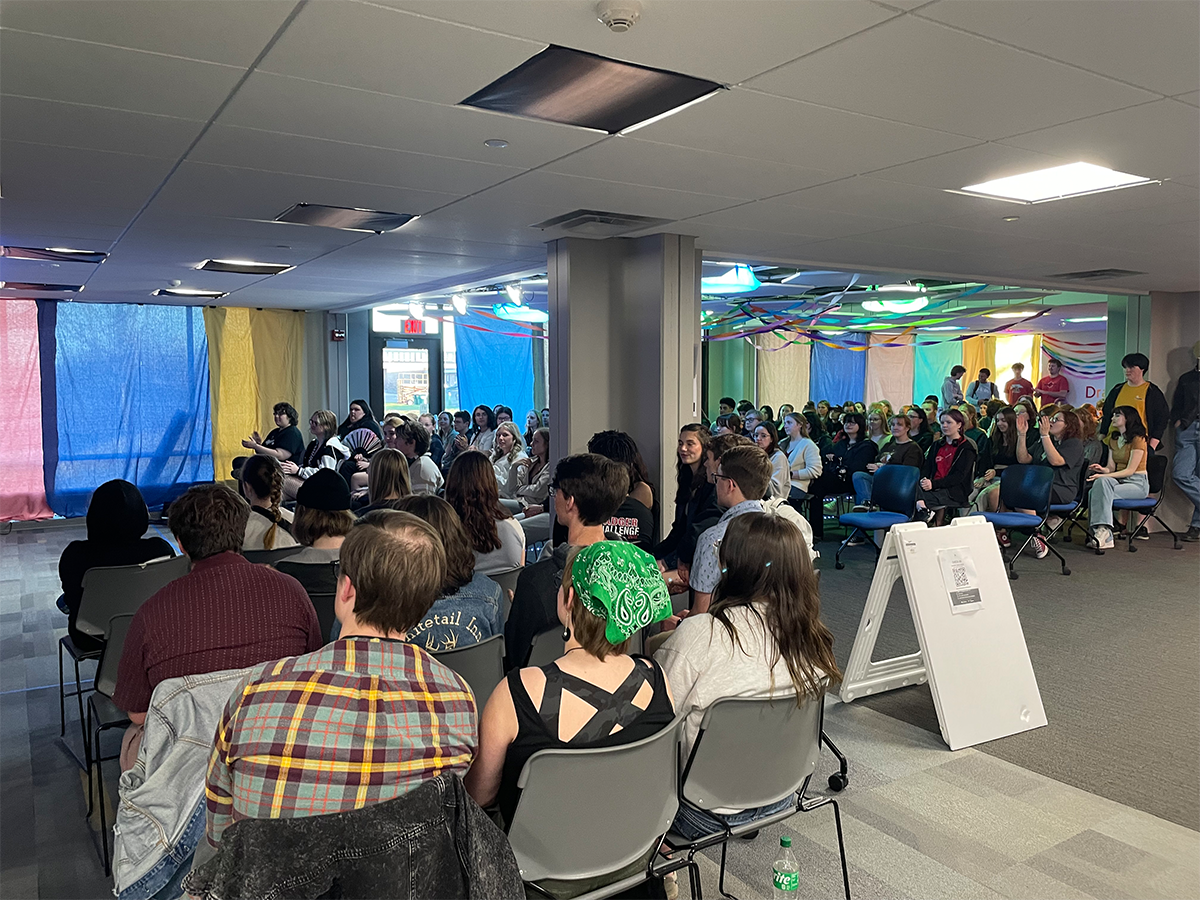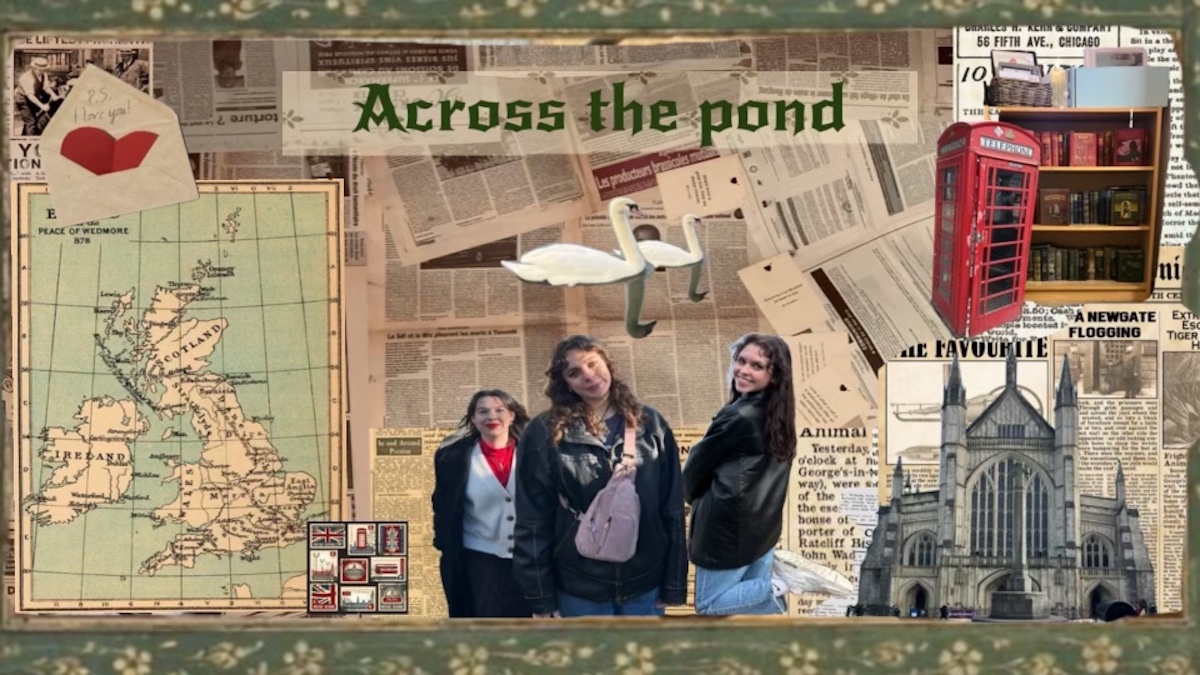What do Ludwig Van Beethoven and Jimi Hendrix have in common? One man, a classical composer and the other, a rock-and-roll guitarist separated by hundreds of years?
Well, according to a study by two Eau Claire professors, the short answer is that both men produced great music. While looking at short samples of Beethoven’s Piano Sonata in E and Hendrix’s 1968 recording of All Along the Watchtower, both have similarities in pitch.
The study, written by music professor Gary Don, mathematics professor James Walker and math majors Karyn Muir at the State University of New York at Geneseo and Gordon Volk, a student at UW-Eau Claire, was published in the American Mathematical Society’s Notices last month.
Walker said the purpose of the four-year study was to look at what spectrograms, or sonograms, would show about musical patterns. However, the idea for the study was born when Don produced a picture of a fern using fractals – or bright, geometric figures – which he initially looked at as a graduate student.
One of the things Don said he liked best about this study was the emphasis on student-faculty collaborative research. Don said he worked with UW-Eau Claire graduate Amanda Potts, who now is a graduate student at Northwestern University. While at the university, Don added, Potts was a double major in music and mathematics who graduated in Spring 2003.
Potts said she started working on the study as a junior with Don, using computers to generate fractal patterns to turn into music. She later worked with Walker and the spectrograms once he learned of her involvement in the project.
Overall, Potts said she enjoyed the creative independence the project allowed and the relationships she was able to build with the professors.
“Just to learn on your own was really exciting and really interesting, and also was really good preparation for graduate school,” she said.
Walker said his original area of study, Fourier analysis – or the mathematics of sound, light waves, etc. – led him to his interest in the study of music, he said.
“Of course, I already listened to it (music),” he said, “So, studying it with math comes naturally if you do Fourier analysis.”
To create the spectrograms, Walker said he used the free software program, Audacity, which allows them to look at musical pitches and overtones.
By looking at the spectrograms of music, Walker said that it’s possible to improve a listening experience.
“You hear more, in the music, than you did before,” he said. “At least, that’s my experience.”
In the paper, Walker said they looked at opera, jazz, rock music, symphonic music and more.
“The idea would be to have as many (genres) as possible and see the similarities and differences,” he said. “We didn’t restrict ourselves to one genre.”
For Don, the study was a way to look at connections between visual and musical shapes.
“I found that some of the shapes that are interesting mathematically are not that interesting musically,” he said. “It doesn’t always correspond . but we have a way of studying that, which we did not have before.”
Don acknowledged the role of computers in this study and said over the course of the study, they used several different programs to create the shapes, the sound and then, the spectrograms.
“What’s exciting to me is that the computer has become a musical instrument and also a tool for analysis,” he said.
Don said in the future, he would like to continue looking for different types of fractal shapes that are computer synthesized, in addition to the original fern leaf.
“I think a question we could ask ourselves is, ‘would it be possible if you play the music to someone, could they say, ‘Oh, that’s a fern leaf,” he said. “We haven’t been able to do that yet . but I would just like to continue to explore the connection between visual shapes and musical shapes.”
Overall, Don said he thinks that partnerships similar to this one between departments are vital and hopes that they will be able to explore various tangents of this study in the future. He added that he thinks it’s possible to incorporate this research into curriculum.
During the summer, Walker teaches a three-week course, “Math and Music” which looks at spectrograms and how they help see patterns, making new music, rhythms, among other topics. He also uses a manuscript of a book he is writing about the connections between music and math. It is also possible, he said, to take the course via distance learning.
Junior Mike Jacobs took Walker’s inaugural course last summer because it sounded interesting and because he personally records music on his own time, he said. During the course, they looked at spectrograms and how to see and interpret the visual music.
“People don’t think they can see music, but when you do and you see it play while you’re hearing it,” he said, “your brain kind of makes the connections more strongly and in different ways.”






